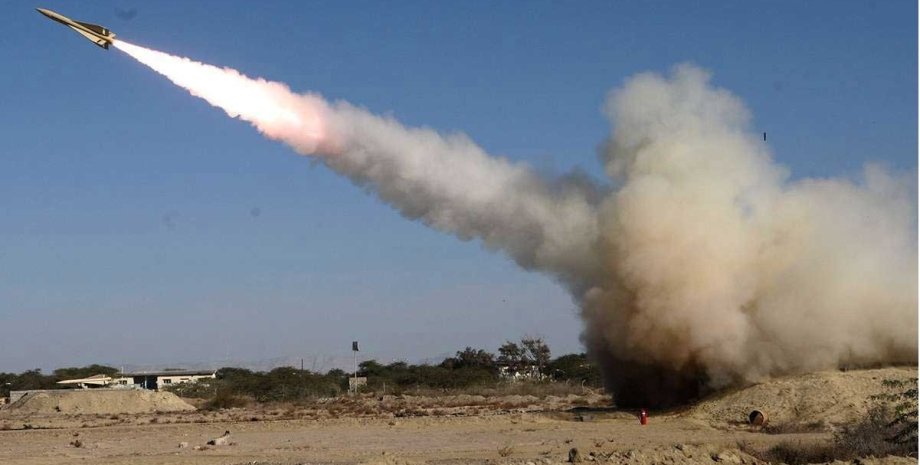
James Martin based on the Iranian Air Defense data obtained. James Martin based on the Iranian Air Defense data obtained. According to the researcher of the Center Sam Lera, the experts got a short, about two seconds, a video from the Iranian command center, where the work of four different radar systems in the Nathana area was displayed on the screens.
This material was published by the Iranian side during the anniversary of the Israeli blows on the object for the production of drones, located nearby. Using open sources and geolocation, researchers were able to determine that the defense of the complex is built on the basis of the following radar: analysts found no integration between these systems. A separate display of data on different screens indicates that radars work separately, without a single centralized exchange of information.
"We were surprised: it was expected that such a critical object would be protected by a more modern and integrated system. However, the mixing of old and new radars without network interaction makes the defense system fragmented and potentially vulnerable," Ler emphasized. At the same time, even with the new data, the possibility of blowing on Nathanza itself remains a difficult task due to deep underground protection of the object.


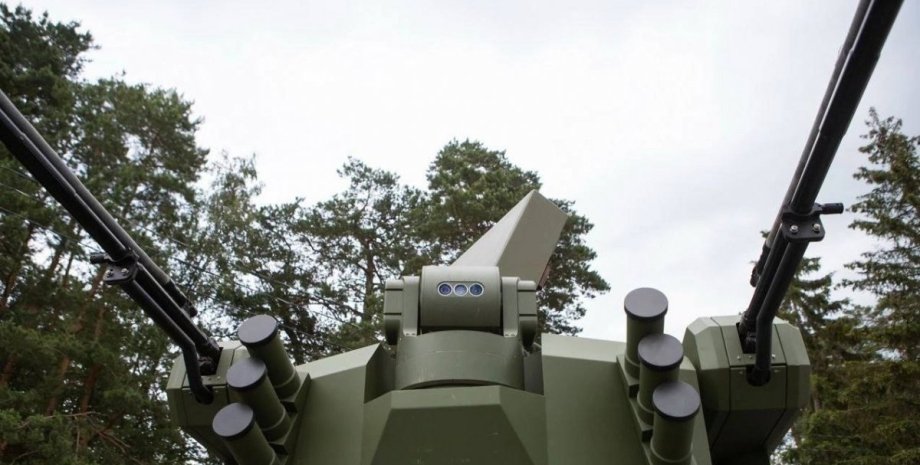

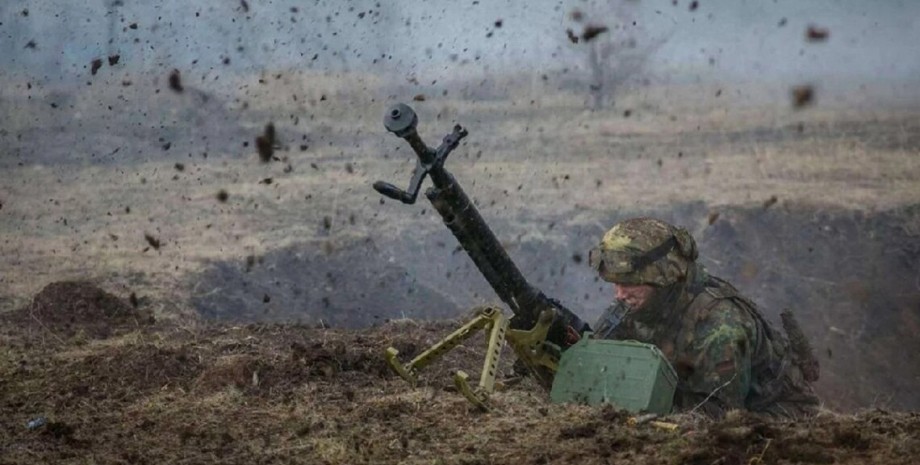

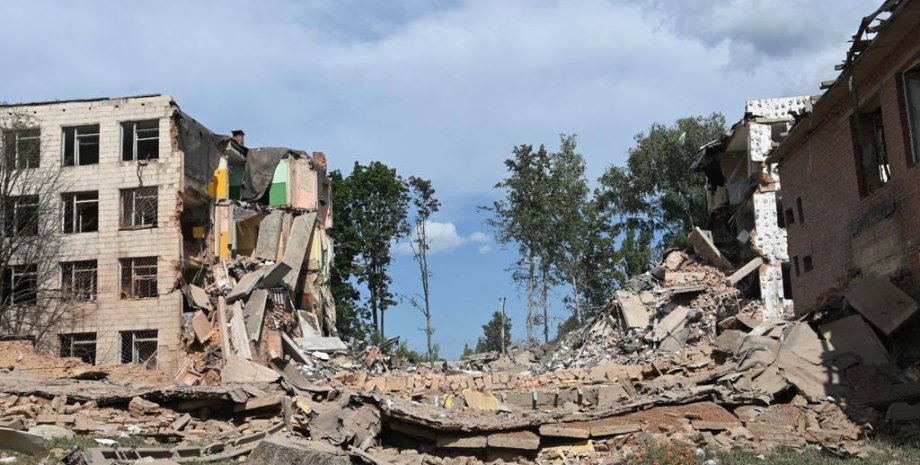


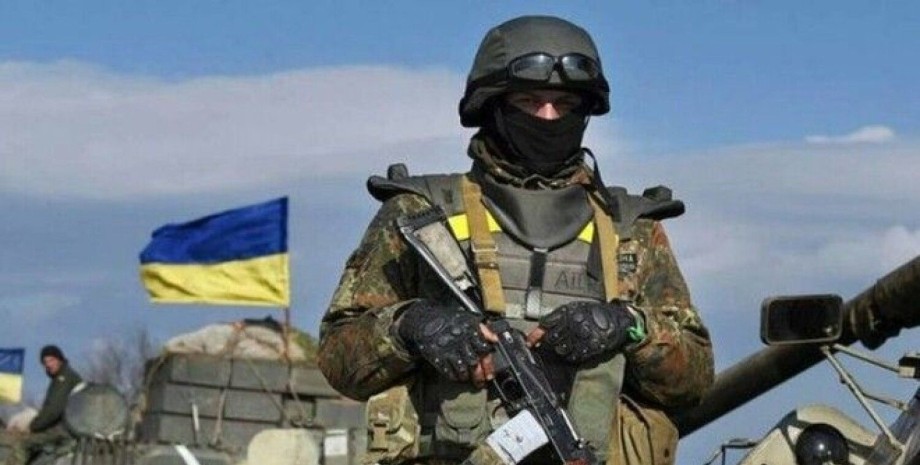
All rights reserved IN-Ukraine.info - 2022